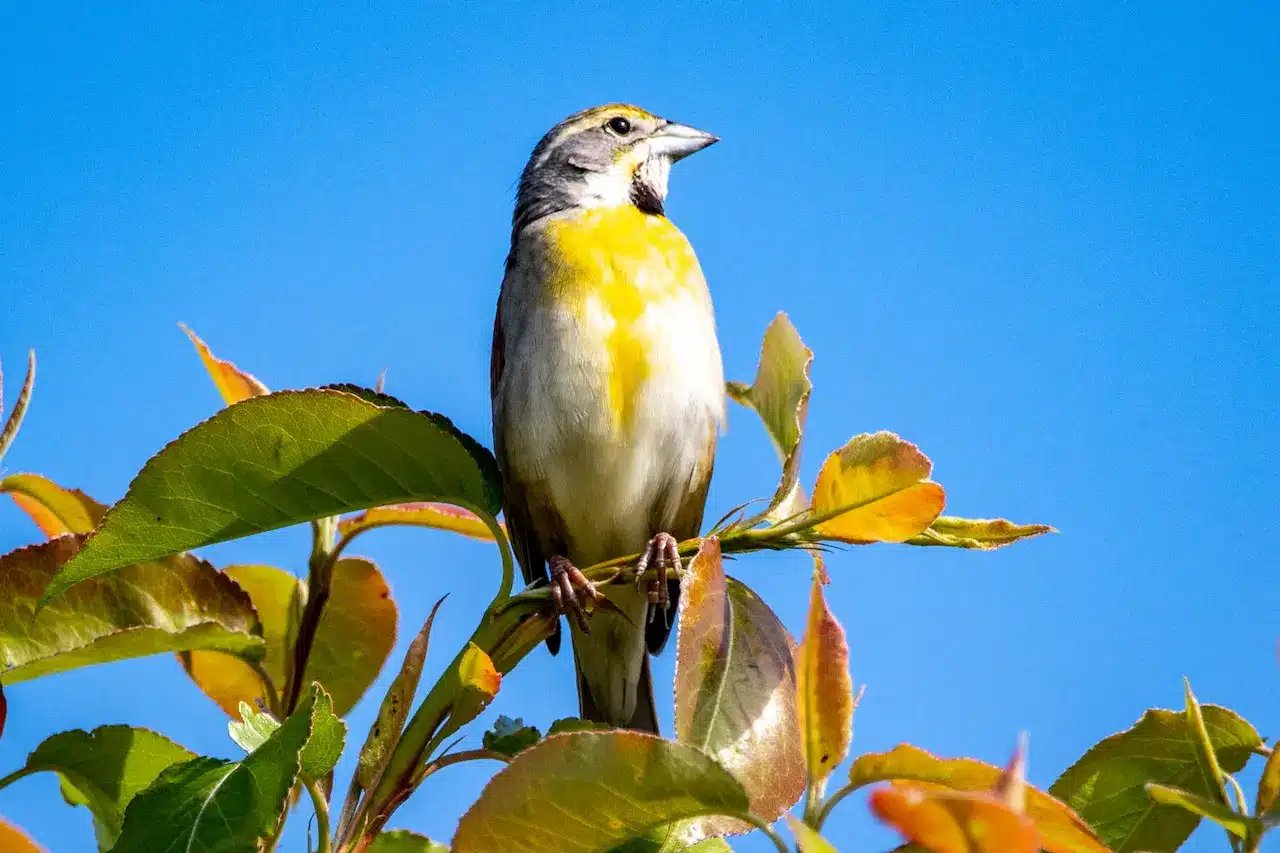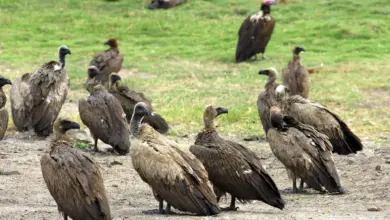The Southern Boobook (Ninox novaeseelandiae), also called the mopoke, is a small brown owl found mainly in New Zealand and the more fertile and temperate parts of Australia.

Further to the north it is less common but widespread, its range extending to most of northern, central and western Australia, Timor, southern New Guinea and nearby islands.
It used to also inhabit Lord Howe Island but is now locally extinct there, and in Norfolk Island it is close to extinction. The name boobook comes from the Eora Australian Aboriginal tribe, who were the original inhabitants of the Sydney region.
The boobook which lives in Australia was originally thought to be the same species as the New Zealand morepork (ruru) but recent research has suggested this species is actually slightly larger than the New Zealand version.
The boobook on Norfolk Island which is also known as the morepork is one of three sub species of the Australian bird. In 1987 the sub species was down to only one female but with the help of two New Zealand morepork males the population is now well into the double figures.
The Southern Boobook has almost 20 alternative common names, mostly regional; of them mopoke is well-recognised; others include, for example, morepork, boobook, Tasmanian spotted owl, and Lord Howe boobook.
In Maori it is called Ruru. Many of the common native names are onomatopoeic, the owl having a two-tone call giving rise to the names such as Boo-book, More-pork, Mo-poke and Ru-ru.
It occurs in most habitats with trees, ranging from deep tropical forests to isolated stands at the edges of arid zones, farmland, or alpine grasslands, but is most common in temperate woodland.
Southern Boobooks are usually seen singly, in pairs, or in small family groups of an adult pair and up to three young.
They are mainly nocturnal, but are sometimes active at dawn and dusk and, in New Zealand, even during the day.
The main hunting times are evenings and mornings, with brief bursts of activity through the night. On dark nights they often perch through the middle hours and, particularly if the weather is bad, may hunt by daylight instead.
Although their main hunting technique is perch and pounce, they are agile birds with a swift, goshawk-like wing action and the ability to manoeuvere rapidly when pursuing prey or hawking for insects.
Almost any suitably sized prey is taken, particularly birds or small mammals and, in New Zealand, the Weta.
The fictional city of Ankh-Morpork features the Boobook on its coat of arms.



